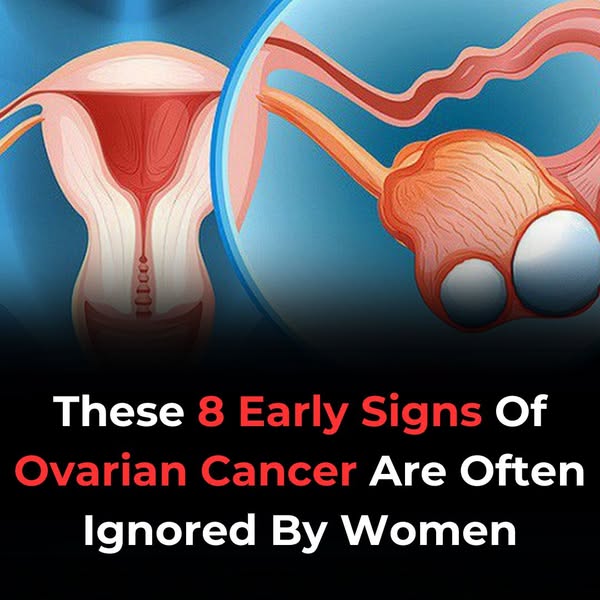
Ovarian Cancer: The “Silent Killer”
Ovarian cancer is known as “The Silent Killer” because it often shows no symptoms for a long time. When symptoms do appear, they are very general and can be signs of many different conditions. Sadly, by the time it’s diagnosed, it usually has already spread, limiting treatment options.
Early Warning Signs and Balance
There are some early warning signs, but don’t jump to conclusions. First, don’t panic. Most of the time, symptoms don’t mean cancer. The Ovarian Cancer National Alliance says that for every 100 women with symptoms like ovarian cancer, only one has early-stage ovarian cancer. But if you feel something is wrong, don’t ignore it. Only 20% of women with ovarian cancer are diagnosed early when it’s most curable. So, if symptoms persist, get them checked.
Types of Ovarian Cancer
- Epithelial tumors: These form on the thin tissue layer covering the ovaries and account for 90% of cases.
- Stromal tumors: They develop in the ovaries’ supporting tissue.
- Germ cell tumors: They start in the egg-producing cells and are rarer, more common in younger women.
Eight Key Warning Signs of Ovarian Cancer
- Abdominal bloating or swelling: The abdomen gets bigger, feels bloated with gas, and clothes may feel tighter.
- Constipation and bowel movement changes.
- Pelvic pain: Discomfort or pain in the pelvic or abdominal area. Don’t ignore persistent pain.
- Low back pain: Especially if it spreads to the pelvic area.
- Urgent or frequent urination: Feeling the need to pee urgently or often. It could be other issues, but watch out.
- Loss of appetite or early fullness: Also, watch for unexplained weight loss.
- Pain during sex
- Fatigue: Feeling very tired can signal an underlying problem.
If symptoms last two weeks or more, see a doctor. One symptom can be enough to indicate a problem.
Risk Factors of Ovarian Cancer
- Age: Women over 50 are at higher risk, with 50% of cases diagnosed in women over 60. Germ cell tumors are rarer but more common in younger women.
- Family history: A history of ovarian, breast, or colon cancer increases the risk. BRCA1 and BRCA2 genes are linked to both breast and ovarian cancer.
- Childbearing and menstruation: Women who never gave birth, started menstruation early, or reached menopause late are at higher risk. More kids mean a lower risk.
- Some medication: Hormone therapy after menopause or long-term, high-dose fertility treatment increases the risk. Oral contraceptives may reduce it.
- Other factors: Smoking, obesity, using an intrauterine device, and polycystic ovary syndrome are also risk factors.
There’s no reliable screening method, so see a doctor if you’re concerned. Pelvic exams, ultrasounds, and blood tests can help detect it. Scientists are working on better early detection. Know your body, take care of it, and listen to it to catch diseases early. Some of these signs can also be for cervical cancer. Read the article on “10 Warning Signs of Cervical Cancer You Shouldn’t Ignore” for more info.